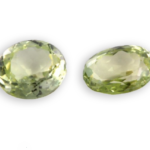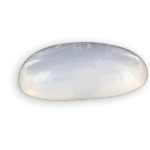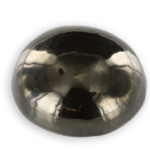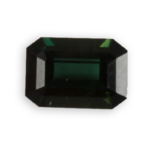
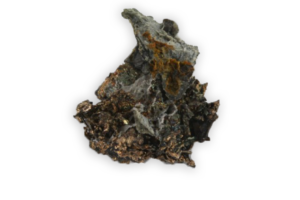
silver
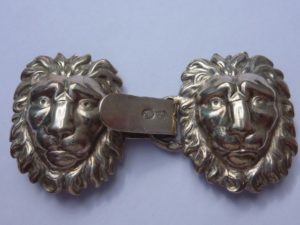
silver belt buckle with punches
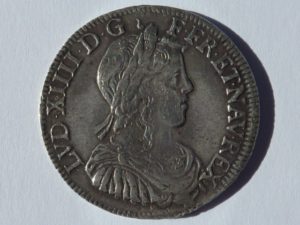
Louis XIV half ecu silver coin
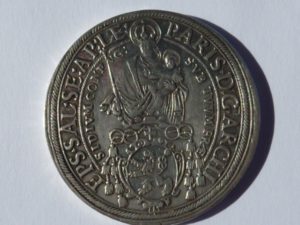
thaler silver coin form Salzburg
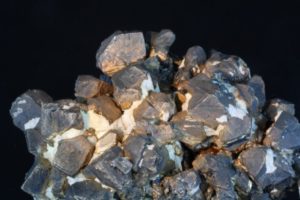
silver crystals from Kongsberg in Norway
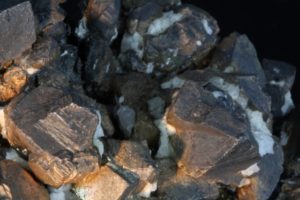
silver crystals from Kongsberg in Norway
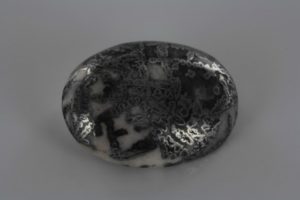
silver in its gangue cut in cabochon
Detailed sheet
silver
Its name comes from the Latin argentum, it is found in hydrothermal veins. Its softness, its malleability, its low melting point and its brightness made it a popular metal for jewelry since ancient times. But it is as a currency that it has gained fame by giving its name to “money”. It was the metal whose value was closest to the gold (between 5 and 10 times less than gold), until the discovery of new world. The discovery of important silver deposits in South America have initiated his gradual decline towards gold. However the advent of photography using silver salts has restored its importance.
The electrum is a natural alloy of silver and gold. The coins said of silver contain between 40% and 95% of silver because it is necessary to add copper to the alloy to give it hardness.
The majority of jewelry manufactured in countries that control the silver title, is made of an alloy containing 92.5% of silver, called the “925/1000” and often “rhodium” meaning that is plated with a thin layer of rhodium in order to prevent the silver oxidation.
Silver objects are either 950/1000 called first title, or 800/1000, the second title.

CHEMICAL CHARACTERISTICS
Ag
silver

PHYSICAL CHARACTERISTICS
Main color
white
Other colors
grey
it gave its name to color silver
Color of streak
grey
Luster
metallic
Hardness
2.5 to 3.0
Density
9.70 to 11.50
Cleavage
none
Fracture
none
malleable metal

OPTICAL PROPERTIES
Transparency
opaque
Refractive index
0.000 - 0.000
Double refraction
0.000
not measurable
visible double refraction
No
Pleochroism
absent
Number of colors
1
Fluorescence
none
none

CRYSTALS PROPERTIES
both octahedral crystals, cubic or dodecahedral and features typical long strings, sometimes covered with crystals visible
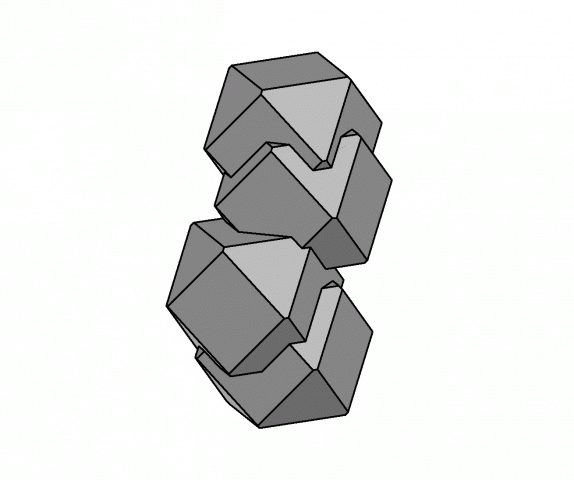
crystals system
cubic

OTHER INFORMATIONS

APPROACHING GEMS
Exploited
sites
it is found throughout the world often associated with copper. It has been exploited since ancient Egypt, in Europe, in China. Until the 1960s North America was the largest producer of silver, but the reserves got gradually depleted. Today the main producing countries are Peru and Mexico but also Australia, China and Chile and silver is often used with other metals, or is a byproduct of mines exploited for these other metals. The most famous historical mines include: those of Laurion in Greece, Lower Saxony, Meissen and the Black Forest in Germany, Bratislava in Slovakia, Sardinia, Bohemia, Devon in England and in France the silver mines of Sainte-Marie aux Mines, at Melle in the Deux-Sevres.
use in jewelry
This is the metal whose physical characteristics are the closest to gold: it is easy to work for the jeweler and very ductile: it can be through a die easily transformed in wire to make rings and chains. It polishes very well to give a bright white luster, it is made into mirrors. In France the titles of silver are controlled and all silver objects must receive a punch.
It is used for all the works in jewelry: rings, chains, earrings, bracelets, bracelets etc. .. . as well as medals.
Silver gave its name to silverware which includes silver cutlery: a symbol of wealth but also a use of bactericidal properties of silver.
Daily care
and precautions
It oxidizes very easily and is sensitive to acids. It should be kept away from sulfur fumes and chlorine. It cleans with “ blanc de Meudon “.
imitations and
treatments
in all times silver has been imitated by simply covering another metal with a thin layer of silver, or by mixing it with other metals retaining his silver-white aspect. Handicraft or industrial silvering processes can get something very close to silver but when it gets worn the metal under the silver appears.
Historical
healing properties
Silver would be an excellent regulator in bringing balance and eliminating mental stress. It would give security to the person who wears it, it would promote its influence and bring fluency needed for success. It is associated with the throat chakra.
Venez visitez
notre site web
voillot-joaillier.fr
Lorem ipsum dolor sit amet, consectetur adipiscing elit. Ut elit tellus, luctus nec ullamcorper mattis, pulvinar dapibus leo.Lorem ipsum dolor sit amet, consectetur adipiscing elit. Ut elit tellus, luctus nec ullamcorper mattis, pulvinar dapibus leo consectetur adipiscing elit. Ut elit tellus, luctus nec.

